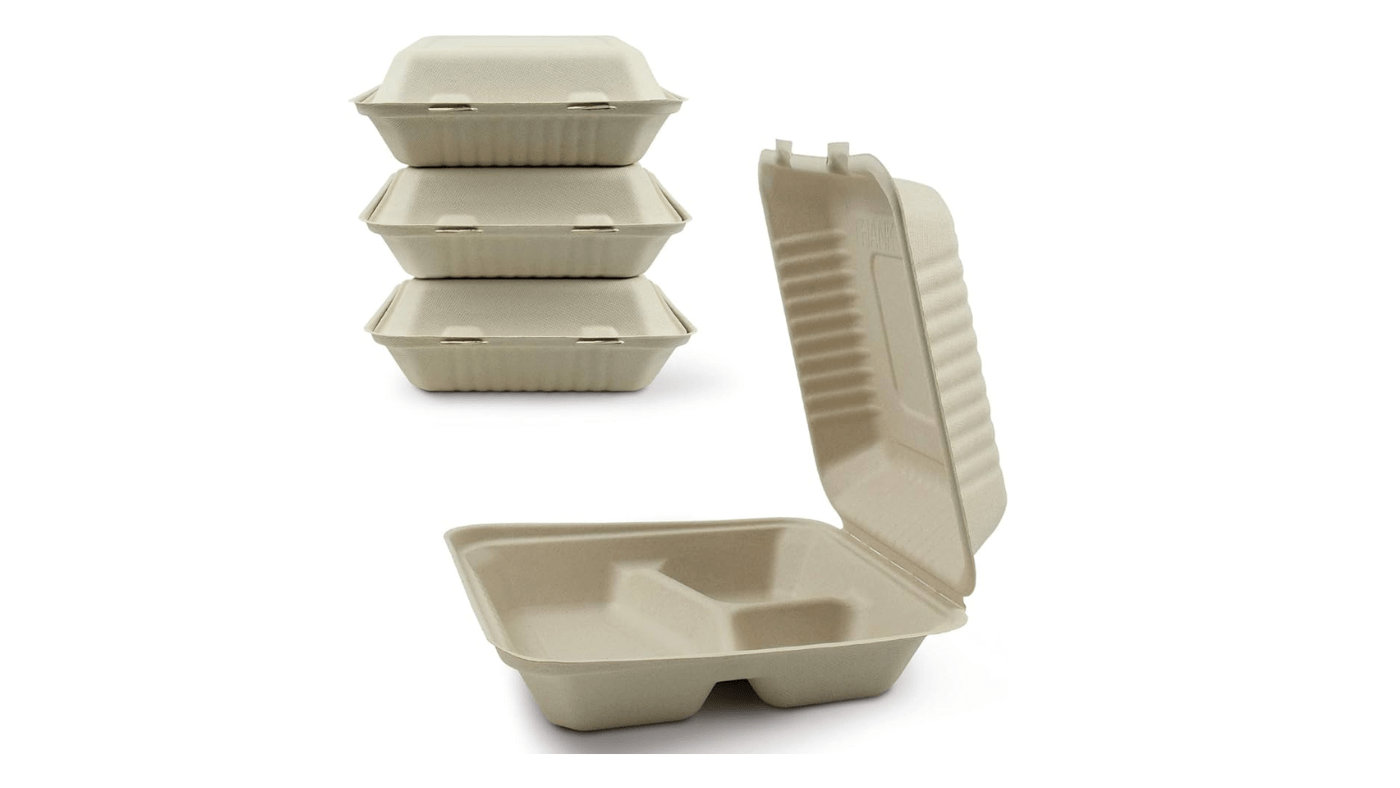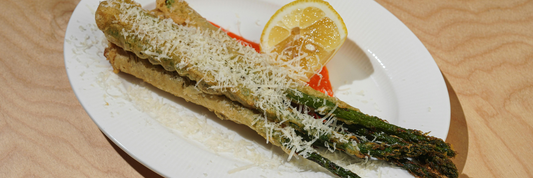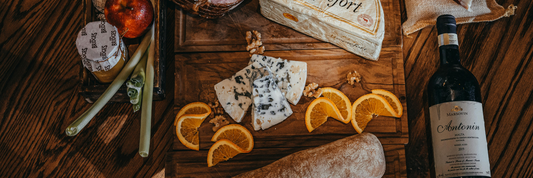Clamshell containers, those hinged plastic packages often used for fruits, vegetables, and other items, are a common sight in our everyday lives. However, when it comes to recycling, clamshell containers pose a significant challenge. In this article, we'll delve into the reasons why clamshell containers are not recyclable and explore alternative solutions.
- What Type of Paper Bag Can Be Recycled?
- 4 Things About Recycled Paper Straws that Coffee Shop Should Know
- Should Your Food Business Use Recycled Paper Napkins?
Why Are Clamshell Containers Not Recyclable?
There's some nuance to clamshell container recyclability. Clear PET (#1 plastic) clamshells used for food might have a slight chance of being recycled, depending on your local program. However, for the most part, limitations like sorting difficulties and incompatibility with melting temperatures during recycling make most clamshell containers unsuitable for current recycling processes.
Reason #1: Sorting Difficulties
The thin and flexible nature of clamshell containers poses a significant obstacle during the automated sorting processes employed in single-stream recycling facilities. These containers are prone to flattening under pressure, leading to misidentification by sorting machinery. This misidentification results in their erroneous inclusion with flat materials like paper, ultimately contaminating the paper recycling stream and rendering it unusable.
Reason #2. Melting Temperature Discrepancies
Even if clamshell containers successfully navigate the initial sorting stage, a further challenge awaits them in the form of inconsistent melting temperatures. The plastic composition of clamshell containers often necessitates different melting temperatures compared to other types of plastics utilized in the recycling process.
Inadvertent inclusion of clamshells in a batch undergoing a mismatched melting temperature can lead to burning and subsequent ash formation. This ash contamination compromises the entire batch of recycled plastic, rendering the entire recycling effort unsuccessful.
Reason #3: Food Residue Contamination
The presence of food scraps and residue clinging to the surface of clamshell containers introduces another significant obstacle - the degradation of recycled plastic quality. Food contaminants lower the overall quality of the recycled plastic material, diminishing its suitability for further processing. This ultimately reduces the efficiency and effectiveness of the entire recycling process.
Reason #4: Lack of Standardized Labeling
The current lack of standardized labeling on clamshell containers creates confusion for consumers. Inconsistent or unclear labeling regarding the specific plastic type and recyclability of the container hinders proper sorting at the household level. This can lead to well-meaning consumers placing non-recyclable clamshells in their recycling bins, further exacerbating contamination issues within the recycling stream.
Overall, despite their numerous advantages, clamshell containers pose a significant challenge when it comes to recycling. This has various environmental repercussions, necessitating the exploration of alternative solutions.

Alternative Solution for Plastic Clamshell Containers
To replace plastic clamshell vs styrofoam containers, there are differents choices for business and customers.
Sustainable Packaging Initiative: Sugarcane Clamshell
A significant development in the packaging industry is the emergence of sugarcane clamshells. These innovative containers are crafted from rapidly renewable sugarcane pulp, offering a guilt-free alternative to traditional plastic clamshells. Their most compelling advantage lies in their commercial compostability.
Sugarcane clamshells break down efficiently in industrial composting facilities, leaving no harmful residues. By advocating for their use, businesses and consumers can collectively reduce reliance on petroleum-based plastics and contribute to a more sustainable packaging future.

Minimal packaging
Sometimes, the most straightforward solutions are the most effective. Businesses should prioritize offering products with minimal or even no packaging, particularly for items like fruits and vegetables that often come encased in unnecessary clamshells. This strategy, known as "source reduction," minimizes waste generation at the outset, resulting in a smaller overall environmental footprint.
Imagine grocery stores offering designated refill stations for dry goods like grains and beans, allowing customers to bring their own containers and purchase only the amount they need. This approach not only reduces packaging waste but can also empower consumers to make more environmentally conscious choices
Reusable containers
Encouraging the use of reusable containers presents a powerful opportunity to move away from disposable clamshell containers. Consumers can play a vital role by bringing their own reusable containers for produce and unpackaged goods. This practice not only significantly reduces reliance on disposable packaging but can also lead to cost savings in the long run
Additionally, promoting the use of reusable cloth mesh bags for produce can significantly reduce the need for plastic produce bags, another major contributor to plastic waste.
Overall, by integrating these alternative solutions into daily routines and business practices, we can collectively move away from clamshell containers and embrace a more sustainable future for our planet. Businesses should champion sustainable packaging initiatives like sugarcane clamshells and minimal packaging strategies, while consumers can actively seek out minimally packaged products and adopt reusable containers as a standard practice.
Conclusion
Clamshell containers, while convenient, pose a recycling challenge. Their flimsy nature and incompatible melting temperatures hinder the recycling process. Sustainable solutions like sugarcane clamshells offer a compostable alternative. Minimal packaging and a shift towards reusable containers further reduce waste. By embracing these solutions and advocating for change, consumers, businesses, and policymakers can work together to create a more sustainable future where convenience and environmental responsibility coexist.




